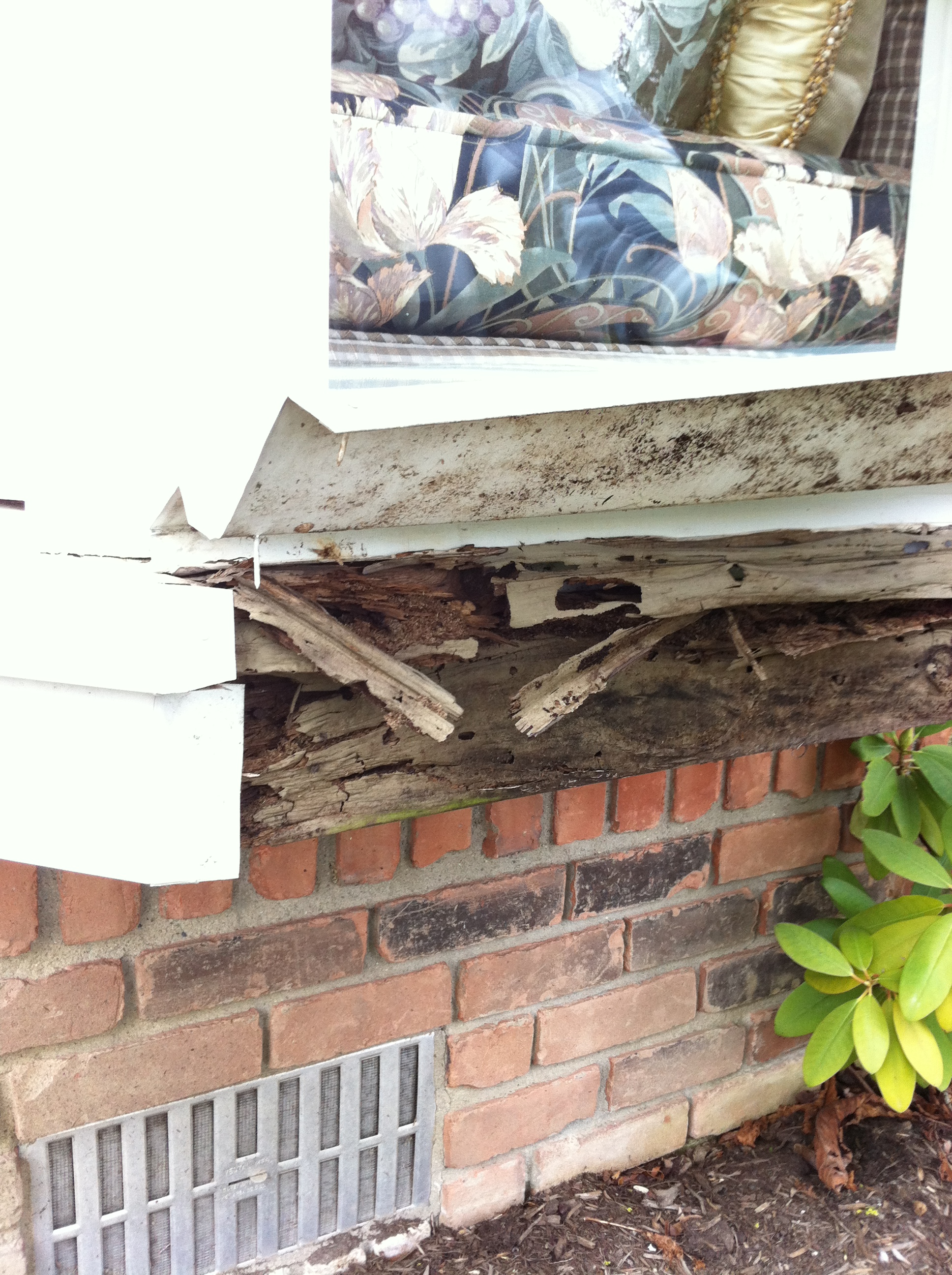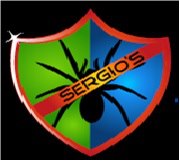Its March in Michigan and its starting to get warmer. Have you noticed that bugs are starting to wake up from hibernation? Here at Sergio’s we have been getting a lot of phone calls specifically for carpenter ants. I thought it might be a good idea to post some information then. So keep reading……
Did you know that carpenter ants can be one of the most aggressive wood destroying insects? Sometimes even worse then termites. Unlike termites though, they do not eat wood. Carpenter ants only bore into wood to establish and/or enlarge their nest. This in turn can cause a lot of damage to the wood in and around your home. Because of their ability to excavate wood and cause moderate amounts of localized damage, this can cause the homeowner a lot of money if not treated.
So what do Carpenter Ants eat?
Carpenter ants do not eat wood. Carpenter ants eat aphid and other sweet sugary insects. Aphids are their #1 choice of food. They will care for, groom, raise and nurture aphids within their colony in special “aphid” chambers. Carpenter ants do this to derive “honeydew” from the Aphids. This secret honeydew is the Carpenter ants favorite food. Because of this the ants take care of the Aphids to get their honeydew. Its nature’s way of allowing ants and aphids to live in harmony with each other. What happens when the Aphids stop secreting honeydew? They become carpenter ant bait!
What kind of damage do Carpenter Ants create?
Carpenter ants cause damage to wood primarily due to nest construction. In other words, damages are only a result of their nest building efforts. As a general rule, carpenter ants do not damage wood as heavily as termites but given enough time and a large enough nest, damage can be severe. Carpenter ants have a habit of cleaning and polishing the galleries in the wood. The galleries are smooth in appearance and do not resemble the rough jagged appearance of termite galleries.
During the mining or excavation phase of nest building, Carpenter ants make small “kick-out holes” out of which all the trash and debris accumulated within the nest are tossed out. This debris usually consists of wood chips, insect particles, dead ants, etc, which can often form small scattered piles. If you discover that carpenter ants are the problem then the appropriate action needs to begin immediately – and preferably during the early stages of colony development. If you let the carpenter ants continue to populate and the nest to grow, then control becomes much more difficult and in some severe cases almost impossible to achieve.
What are the signs that I have carpenter ants?
First of all the presence of ants (workers or winged reproductives) can be a sure sign. An occasional ant may be a scout looking for food and may not indicate the presence of a nest, but continuous or numerous ants are a sign of nesting.
Second, finding piles of debris around your home or debris caught in spider webbing. Do not confuse with small sawdust from construction, doors or cabinets rubbing on one another, or drywood termite fecal pellets.
Thirdly, if you find trails. Carpenter ants will often form tight closely associated trails that can be traced to the area of the nest. Many times trails can be tracing along carpet edges, door frames, outside eaves, fence tops, telephone and power lines, etc..
Lastly, if you hear sounds. Sounds? Really? Rustling or tapping noises produced when disturbed ants rasp the substrate with their mandibles or gasters or when excavating wood. If you put your ear up to a hollow door and then scratch your fingers on the other side, the scratching sound will give you a good idea of what carpenter ants sound like.
Does any of this sound familiar? Check back with us on Friday for more information!
Or Call us today (248) 932-0018!



